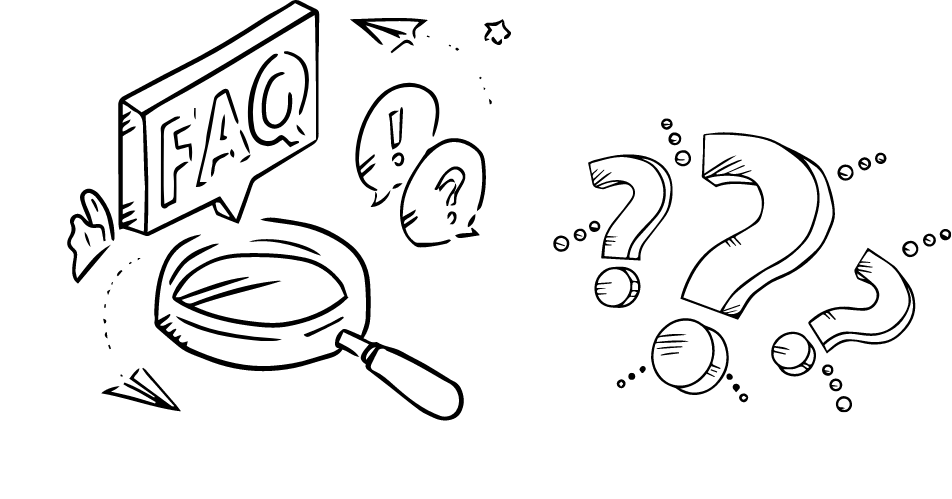Have questions about low sexual desire and/or arousal in women? We've got answers
Have your questions about sexual dysfunction in women answered here.

Sexual desire is also known as libido or sex drive – the biologic need for sexual activity. It is often expressed as sex-seeking behavior.
Arousal is the feeling of being turned on sexually. It is usually accompanied in women by genital swelling and lubrication.
People have different levels of sex drive, and your own levels may fluctuate throughout your life. But you may have low sexual desire if you:
- have low/no interest in sexual activity
- seldom or never have sexual fantasies or thoughts
- are concerned by your lack of sexual activity or fantasies
You may have low arousal if you do not experience physical responses to sexual stimulation.
HSDD is a disorder that is defined by ongoing lack of sexual fantasies and desire for sexual activity, that causes clear distress or interpersonal difficulties.
Female Sexual Arousal Disorder or FSAD is the inability to attain or maintain sufficient sexual excitement, causing personal distress. This may be expressed as a lack of subjective excitement, or genital lubrication/swelling in response to sexual stimulation.
Female sexual interest/arousal disorder is a new category of sexual dysfunction in women which includes both HSDD and FSAD. It is defined as a persistent lack or absence of sexual interest or arousal that causes a significant amount of distress.
There are three drug treatments currently available for treating women with low sexual desire and distress:
- Testosterone: In Italy, a testosterone product that is injected into muscle (Testovis®) is on the market for the treatment of women with sexual difficulties. In other European countries, testosterone therapy is sometimes used off-label for the treatment of sexual disorders in women, using either testosterone formulations approved for men, or in combination with other products. In the US, testosterone is a treatment option for women experiencing low sexual desire after menopause.
- Flibanserin (Addyi®): This is approved for use in the US and Canada. It works by adjusting levels of neurotransmitters in the brain (increasing dopamine and norepinephrine while decreasing serotonin) to affect sexual desire. Effective use requires taking the medication daily for a period of at least 4 weeks. Potential side effects may include lowered blood pressure and fainting in some women.
- Bremelanotide (VyleesiTM): This is approved for use in the US and Canada by women who have not yet gone through menopause. It increases levels of dopamine in the brain, which affects sexual desire and arousal. It can be taken as needed, but the administration is by injection, which may be a barrier for some people.
There are also some combination drug treatments with positive early results which are currently undergoing clinical trials.
- LybridoTM (testosterone + sildenafil) is about to begin confirmatory clinical trials in Europe. This oral treatment was developed with the understanding that low sexual desire and arousal with distress may have different causes in women. Lybrido targets both the brain (i.e., brain’s sensitivity for sexual cues) and the body (i.e., the response of the genitals to sexual cues).
- Lorexys (buproprion and trazodone) works to adjust levels of certain brain neurotransmitters known to affect sexual desire and arousal. It has been studied in a small clinical trial with promising early results.